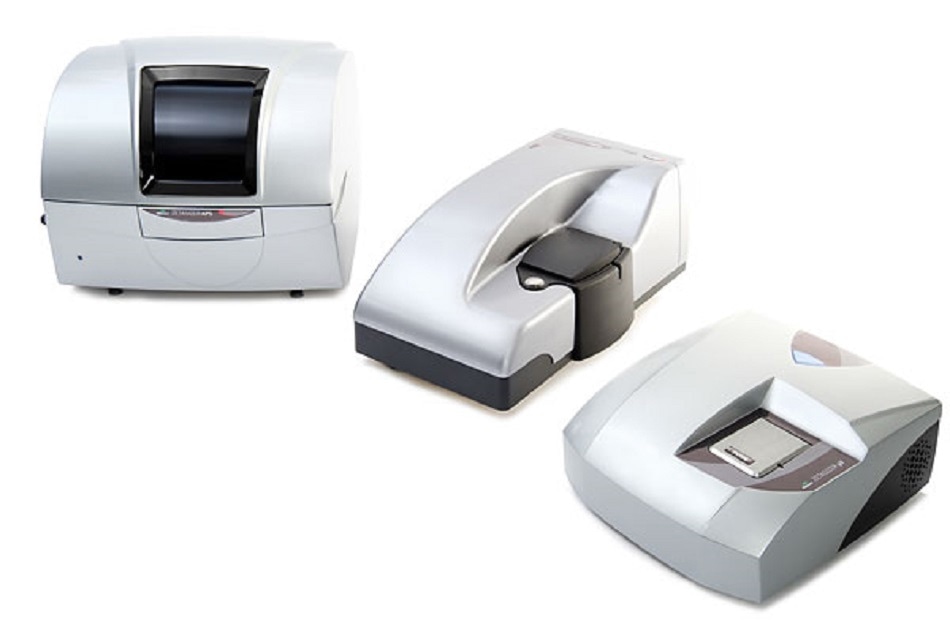The key considerations while purchasing a new dynamic light scattering (DLS) instrument are the physical components and features of the system along with its technical specifications. It is not certain that paper specifications translate into advantages or disadvantages when it comes to measuring the samples, and certain factors to be considered while evaluating dynamic light scattering instruments are detailed in this article.

Type of Samples Analyzed
While selecting a DLS instrument, one must first know what needs to be measured. Researchers often know their specific application and samples quite well and they usually understand exactly what information they need from a DLS instrument. The purchase of a light scattering system, however, sometimes requires multiple researchers or several labs to work together to find an instrument that suits the needs of everyone involved.
It is mostly in such cases that one needs to ask the question "What type of samples will I be analyzing". Every DLS instrument model has its own strengths and weaknesses and there are usually trade-offs involved when considering a wide range of applications or sample types.
The Main Differences between Instruments
One must note that all considerations about light scattering instruments must start with an understanding of your application requirements. The main differences that one needs to understand are the smallest and largest size molecules or particles that can be measured, the size range for which the instrument is optimized, the concentration ranges possible, how the instrument deals with intensity spikes from aggregates or agglomerates, whether the instrument is susceptible to number fluctuations from dust or large particles, whether or not the optics are highly susceptible to effects from multiple scattering and whether or not the instrument uses good temperature control of the sample being measured.
Typical Sample Volume for Analysis
Currently available commercial dynamic light scattering instruments have sample volume requirements ranging from 2 µL to 3 mL or more. One needs to understand the minimum sample requirement that each instrument needs and the maximum amount of sample it can handle.
User-friendly Instrument and Software
It is critical that the instrument and software are user-friendly. But user-friendliness is in the eye of the beholder. Some Scientists want an instrument that is extremely easy for any operator to use with very little training and as little user-intervention as possible. Others want data interpretation to be easy and as non-subjective as possible. It is good to have the instrument demonstrated in your lab so that you can actually see them in operation with the samples before you make your purchase decision.
Is it Enough to Know Size of Particles or Molecules?
DLS instruments should measure the size of your molecules or particles in solution accurately and repeatably, of course, but often the distribution or Polydispersity Index of those particles and the ability for the deconvolution algorithms to resolve multiple components within the sample is just as important.
Vendors must give information on how their instruments report and quantify data. The instrument must accurately and reproducibly be able to determine the size and distribution of your samples and include at least two or three deconvolution algorithms to allow you to resolve multi-component distributions accurately.
Instrument Operation
Most DLS instruments on the market can be operated in batch mode, but several can also be operated in flow mode in combination with size exclusion chromatography. In SEC-DLS mode, molecules are measured for absolute hydrodynamic size as peaks elute and then good estimates of molecular weight are provided to eliminate the need to run molecular weight standards for SEC column calibration.
One must have a clear idea of current and future needs before deciding on an instrument such as an online-only instrument or an instrument that can be operated in additional or different modes such as combined batch and flow, automated micro plate sampling, attached with an autotitrator or simply operated in batch analysis mode.
Confidence in the Result
It is a good idea to find out if and how many "behind the scenes" measurement parameters are available to you and how you can use those to gain confidence in your results. Some dynamic light scattering instruments automatically qualify data and "grade" it according to rigid criteria and generally-accepted data tolerance ranges to ensure the instrument returns statistically-significant results from measurements that reflect good science and good light scattering practices.
Quality of Manufacturer or Vendor
It is important to assess the reputation of the Manufacturer or vendor you choose. Choosing a DLS instrument is not like choosing a pipette or bench top centrifuge where all options are pretty good and they will all pretty much get the job done. DLS instruments must be manufactured using high standards and engineered by solid, technology leading companies in order to yield publication-quality or decision-making results.
Post-Sale Service and Support
Once you purchase your instrument your experience is really just beginning, so it is important to purchase a system from a company that offers acceptable service and post-sale support. Look for a company that can provide telephone, in-person and email support, ongoing training opportunities, field-based service and expert level support.
Price/Cost of the Instrument
Dynamic light scattering instruments can vary greatly in their design, quality and performance. Even though many different instruments may have specifications that look similar on paper instruments vary greatly in real-life performance, quality and longevity. Instruments that have unique capabilities or that come with tested and proven performance specifications, free software updates, warrantees, training and retraining opportunities, excellent support and superior service might cost a little more up front but they can significantly reduce your recurring costs, ensure actual instrument performance and lower the total ownership cost over the lifetime of the instrument. The low-price choice often leads to unexpected surprises, hidden costs and unwanted headaches.

This information has been sourced, reviewed and adapted from materials provided by Malvern Panalytical.
For more information on this source, please visit Malvern Panalytical.